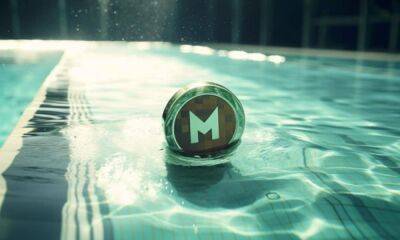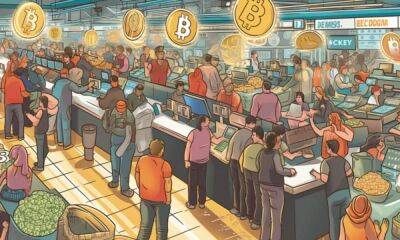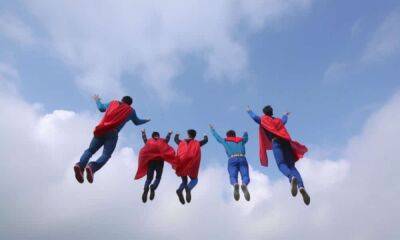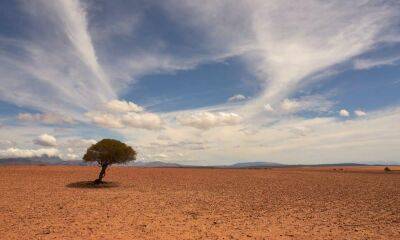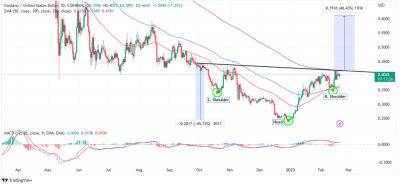How to create NFTs on the Cardano blockchain
Cardano is a proof-of-stake (PoS) platform launched in September 2017 by Ethereum co-founder Charles Hoskinson. In September 2021, Cardano added support for smart contracts, which paved the way for developing decentralized finance (DeFi) and nonfungible token (NFT) applications. NFTs landed on Cardano’s blockchain in 2022, with Cardano’s native cryptocurrency ADA (ADA) utilized to buy and sell them.
The deployment of smart contracts on Cardano allowed the creation of NFT marketplaces, including CNFT.IO and Jpg.store. These marketplaces facilitate NFT projects on Cardano in a cost-effective and scalable way, attracting many enthusiasts seeking a user-friendly platform for creators and traders with low-cost transaction fees.
Minting and creating collections are no longer intimidating hurdles for the non-techie NFT enthusiast, as minting on Cardano is similar to doing it on Ethereum or Solana. The platform offers a lot of help with guidelines to take the creators through the process.
An original NFT can be anything from a single artwork to a collection of unique items, such as the famous Bored Ape Yacht Club and CryptoPunks collectibles created on the Ethereum blockchain.
Once the artwork is produced, it is then minted into an NFT. The next steps are finding the right platform to mint the NFT and the proper marketplace to sell it.
Here’s how to create NFTs on the Cardano blockchain:
Cardano wallet enables participants to use the ADA ecosystem by sending, receiving, storing and staking ADA and Cardano fungible and nonfungible tokens. Cardano NFT wallets allow users to access blockchain-based decentralized applications (DApps) like decentralized exchanges (DEXs), DeFi apps and NFT marketplaces. Before choosing the right wallet,
Read more on cointelegraph.com











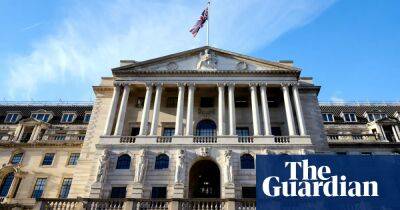

![Terra LUNA Classic [LUNC] Price Prediction 2025-2030: LUNC traders shouldn’t worry - ambcrypto.com](https://finance-news.co/storage/thumbs_400/img/2023/3/19/60619_1nh.jpg)

